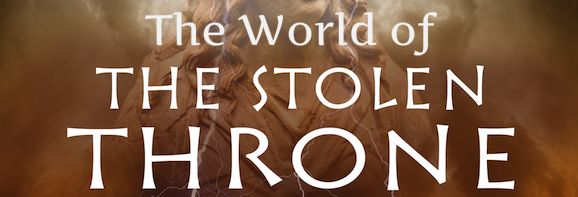
Salvete, readers and history-lovers!
Welcome back to The World of The Stolen Throne!
Last week, in part one, we looked at Roman Exeter, and the evolution of that settlement from military camp to thriving civitas of Roman Britain. If you missed it, you can read that HERE.
This week, in part two, we’re taking a brief look at the Roman presence and remains in Cornwall, what was the ancient land of Dumnonia.
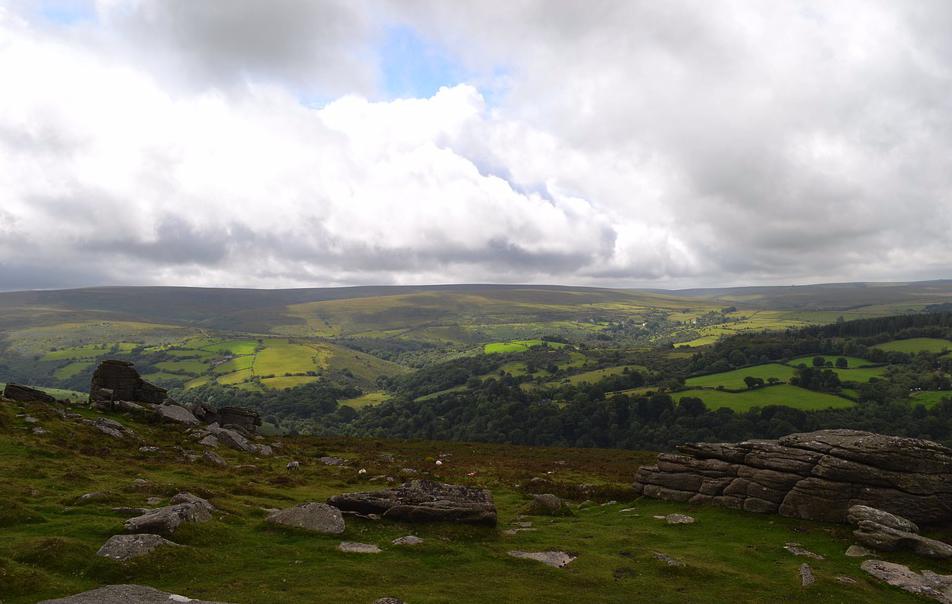
The ancient land of Dumnonia
Most of The Stolen Throne takes place in Cornwall, during the early third century A.D. However, was there such a thing as a ‘Roman Cornwall’? Did the Romans have a presence there at all?
Here is what is believed to be the first Roman reference to Cornwall:
The inhabitants of Britain who dwell about the promontory known as Belerium [modern Cornwall] are especially hospitable to strangers and have adopted a civilized manner of life because of their intercourse with merchants of other peoples. They it is who work the tin, treating the bed which bears it in an ingenious manner. This bed, being like rock, contains earthy seams and in them the workers quarry the ore, which they then melt down and cleanse of its impurities. Then they work the tin into pieces the size of knuckle-bones and convey it to an island which lies off Britain and is called Ictis [St. Michael’s Mount]: for at the time of ebb-tide the space between this island and the mainland becomes dry and they can take the tin in large quantities over to the island on their wagons. (Diodorus Siculus; Library of History, Book V, 22)
Diodorus Siculus (90 B.C. – A.D. 30) is the first Roman source to mention what was Dumnonia, or what we know today as Cornwall, and the picture he paints is not of a rebellious, warlike land, but one of hard-working, hospitable people who were no strangers to trade.

A Roman cargo ship, or ‘corbita’ (image: naval-encyclopedia.com)
Cornwall, it seems, was different to other parts of Britannia. This was the primary territory of the Dumnonii, Celtic Britons who also inhabited parts of what are today Somerset and Devon. They had close ties with the Celts of Brittany, and may have served as a refuge for them when Julius Caesar was completing his conquest of Gaul. The Dumnonii are supposed to have also had close ties with their Welsh neighbours.
It seems like the Dumnonii were well-connected with their Celtic cousins to the north and across the Channel, and this may have been because it Cornwall was an important stop on the trade route between Gaul and western Britannia. But when it comes to contact with the Romans, the interaction may have been minimal.
In fact, for a long time, it was believed that the Romans stopped at the border of Devon and went no further than Isca Dumnoniorum, or modern Exeter.
Cornwall was, perhaps, just too remote for heavy Roman colonization, unlike other parts of Britannia.
Professor Barry Cunliffe believed that Devon and Cornwall had lacked Romanization because the evidence indicated that the native Briton socio-economic system carried on in use to the west of Isca Dumnoniorum unlike other places.
Over the years, however, archaeology has revealed something of a Roman presence in Cornwall.
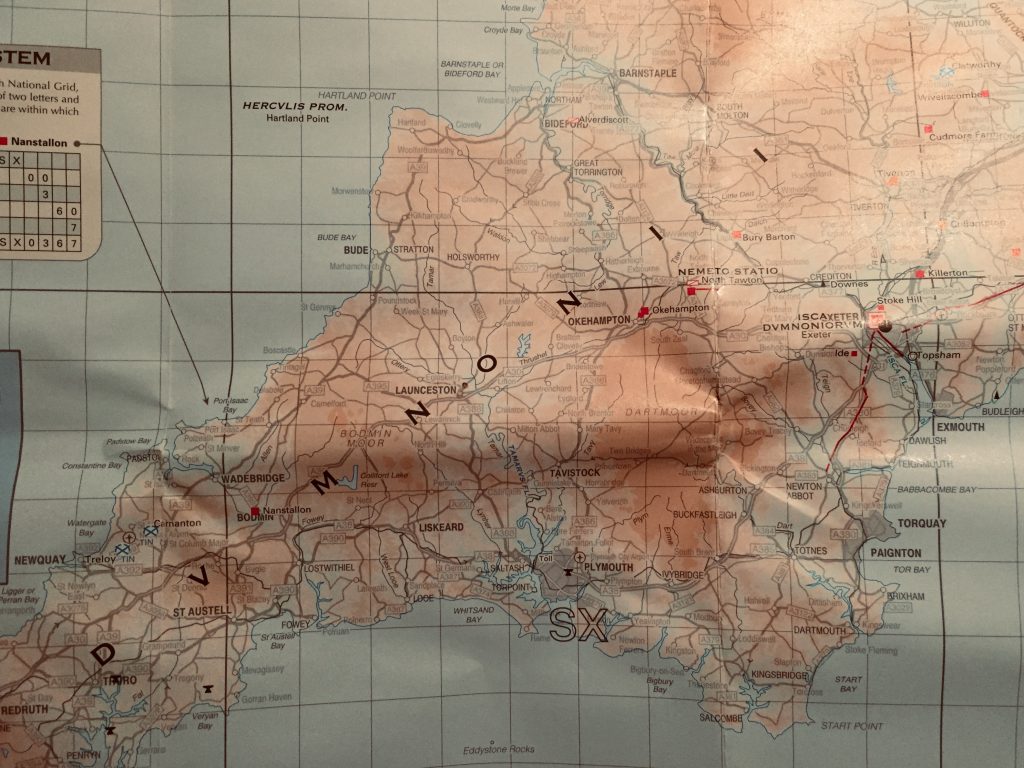
Map of Roman-era Cornwall (Ordance Survey map of Roman Britain). Pink marks indicate Roman sites.
In addition to some short stretches of Roman road that have been discovered, archaeologists and historians have identified three Roman forts at Tregear, near Nanstallon, Lostwithiel, at Restormel Castle, and a fort that seems to have been big enough to hold a garrison of five hundred men at Calstock.

Aerial view of site of Calstock Roman fort, Cornwall (image: webbaviation.co.uk)
Several Roman milestones have also been found in Cornwall, two of them near Tintagel Castle, one at Mynheer Farm, and two more near St. Michael’s Mount, the place Diodorus Siculus called ‘Ictis’.
One of the milestones at Tintagel is inscribed with the words ‘Imperator Caesar Licinius’ who was emperor from A.D. 308 to 313. Another inscription was found on a milestone from Trethevy referring to the ‘Imperial Caesars Trebonianus Gallus and Volusianus’ the joint father and son emperors from A.D. 251 to 253.
In addition to the finds above, a Roman villa was also discovered at Magor Farm, near Camborne, on the northwest coast of Cornwall.
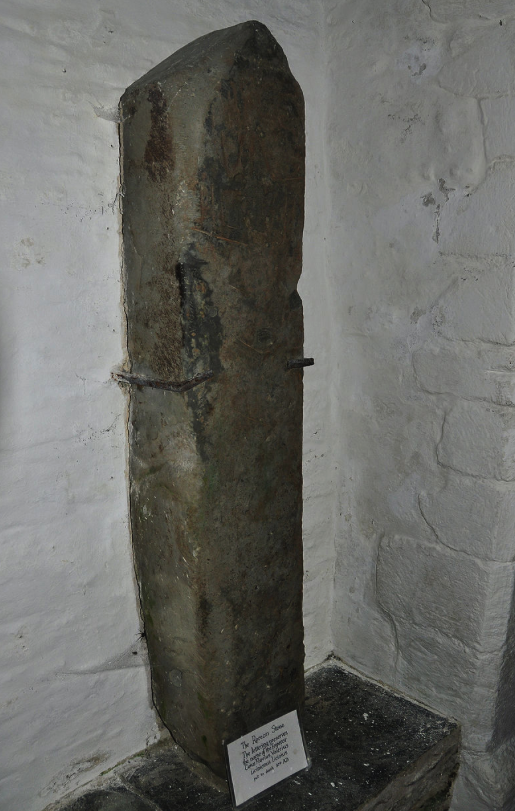
Roman stone in St Materiana’s Church, Tintagel (Wikimedia Commons)
If there was little or no colonization or Romanization of Dumnonia by the Romans, why were there portions of road with milestones, at least one villa, and three significant forts?
The answer? Resources.
It seems that the Romans were mostly interested in Dumnonia for its resources, mainly tin and iron, and that the presence of troops there was to protect those resources.
But it wasn’t just tin and iron mines (near St. Austell) that they wanted to secure. In fact, the tin mines of Cornwall were being overshadowed by those in Iberia (Spain), much closer to Rome.
A recent discovery this past July, 2019, indicates that the Romans may also have been mining silver at the fort discovered in 2007 at Calstock, the fort that had a garrison of five hundred men.
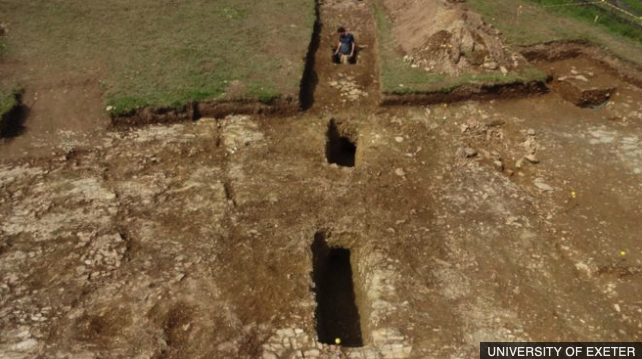
2019 discovery of Roman mine workings in Cornwall (photo: University of Exeter)
It seems that the Romans had a larger presence in Cornwall than was previously thought, and that is exciting. I look forward to hearing more about future discoveries!
However, in The Stolen Throne, the land of Dumnonia is not a place of prosperous trade that welcomes visitors, as implied by Diodorus Siculus. The Roman forts are deserted, and the land is suffering.
In the story, a Roman officer and a Sarmatian lord follow their friend, a Dumnonian refugee returning to his homeland, to find a world that is not as it seems. And there, the story begins…
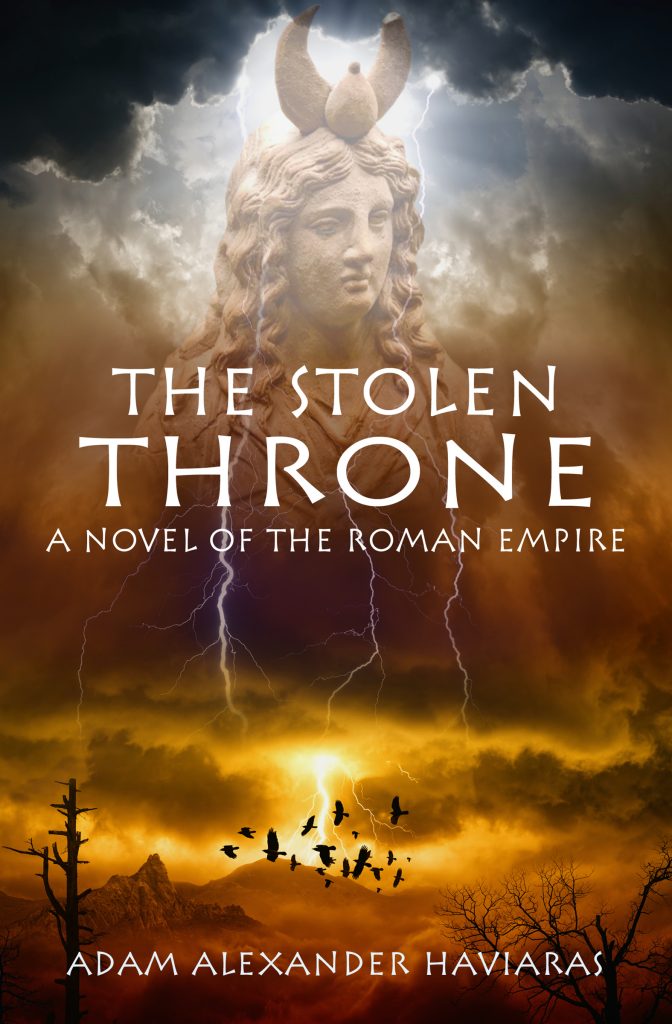
I hope you’ve enjoyed this second post in The World of The Stolen Throne. In part three, we’ll be taking a journey to Bodmin Moor, so be sure to tune in for that.
The Stolen Throne is now available in e-book and paperback from all major on-line retailers. If you haven’t read any books in the Eagles and Dragons series yet, you can start with the #1 bestselling A Dragon among the Eagles for just 0.99! Or get the first prequel novel, The Dragon: Genesis, for free by signing-up for the newsletter HERE.
Thank you for reading.





